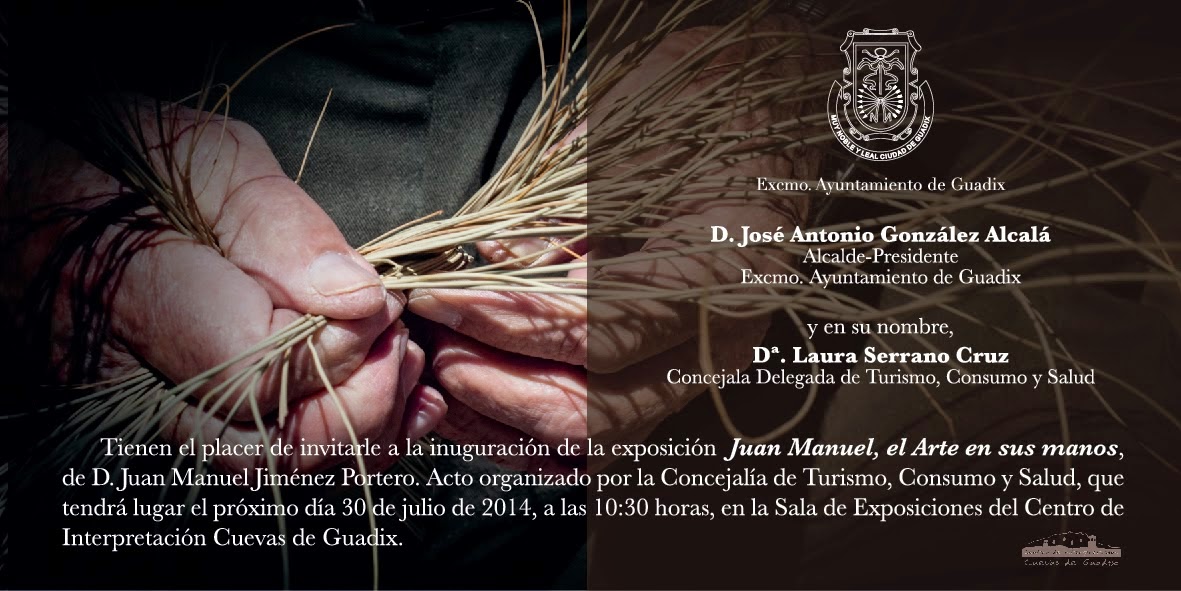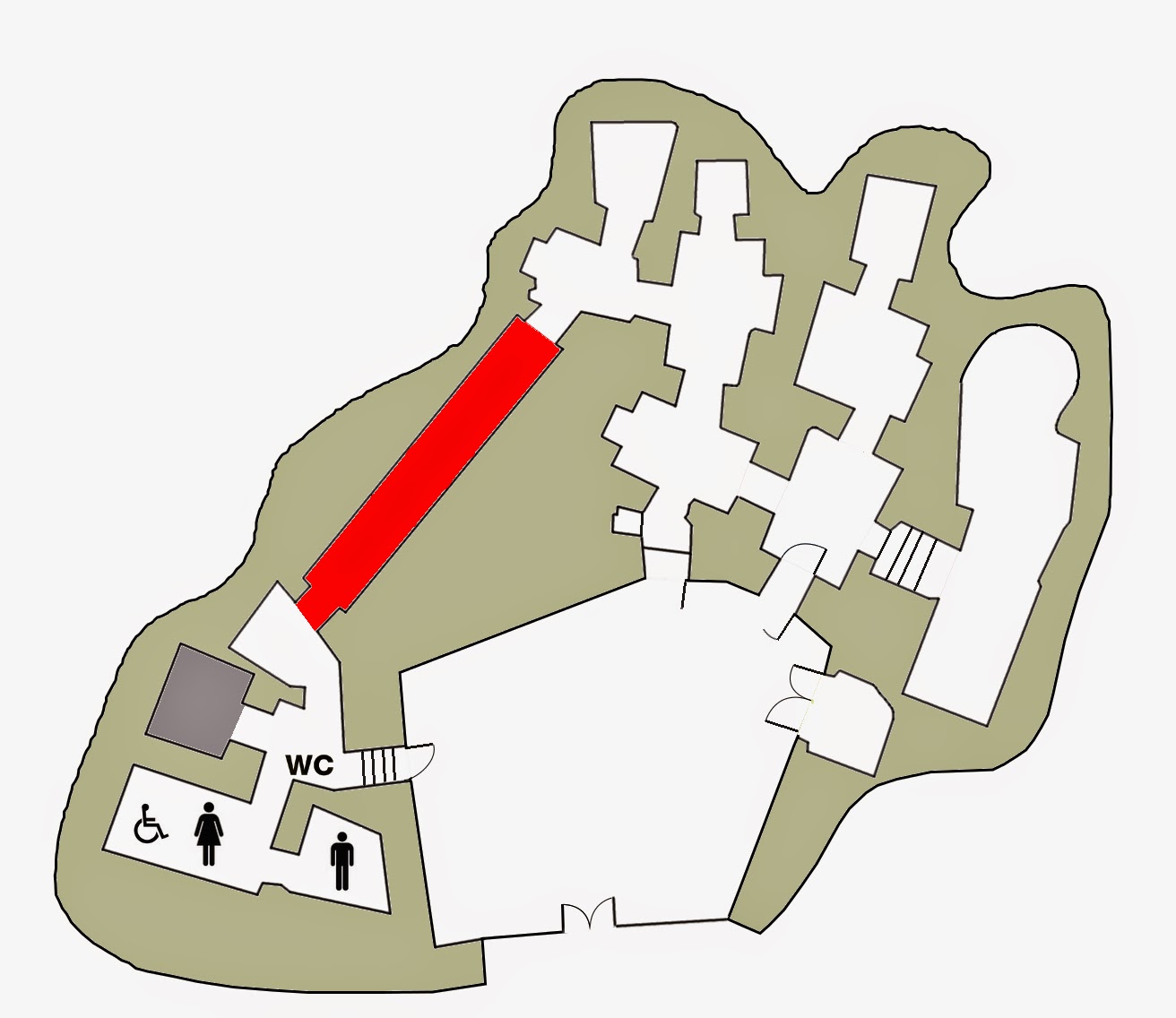“Art in Juan Manuel’s hands”
Since prehistoric times, men have used the ‘esparto’ grass to make all sorts of
objects intended
for different uses.
At the very beginning of History, writers such as Homer, Pliny, Strabo... made reference in their writings
to its use in the
making of riggings for Greek ships, to its applications in textiles and to its exports from Carthage to the rest of the Mediterranean sea.
In the Middle Ages, it represented one of the key elements in a natural economy of livelihood. Multiple entries about how esparto grass is
worked and its dissemination
were collected
in 16th
century Song Books. Moreover, 18th century Travel Books have constant references to this fibre and handmade items, which were
made all over the Spanish territory.
Nowadays, an
emerging oblivion and the consequent gradual loss of this primitive work point
to its worst future if we do not value and transmit the wisdom and works of esparto lovers, among which Juan Manuel Jiménez Portero is found in
a prominent place.
The obtaining and transformation of the raw
material is not an easy process. It begins with the summer harvest in the ‘atochares’ (esparto field), transport, drying, fermentation, the
paste, raking and spinning. After this job, the making of ropes, plaits, pleitas, baskets,
espadrilles, sacks, blowers, fly swatter, saddle bags, cenachos, packsaddle or
any decorative object takes place.
Juan Manuel Jiménez Portero learned
the secrets of
this art from a
very early age by merely looking. Parallel with his different
professions, he kept his love for the esparto throughout his life. He
participated in several craft markets in his town, Huéneja, with magnificent
works which showed the traditional identity of esparto and reflected what his
skilful hands created, his tireless hope.
Today, his family wants to pay tribute to him through the presentation of his works
exhibition in Guadix, by extending the recognition and the gratitude for all he
made with difficulty and dedication in his professional and personal life.
Thank you, Juan Manuel!
Pictures:












0 comentarios :
Publicar un comentario